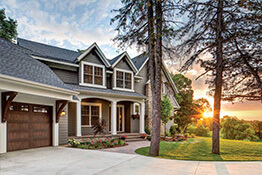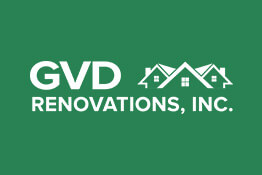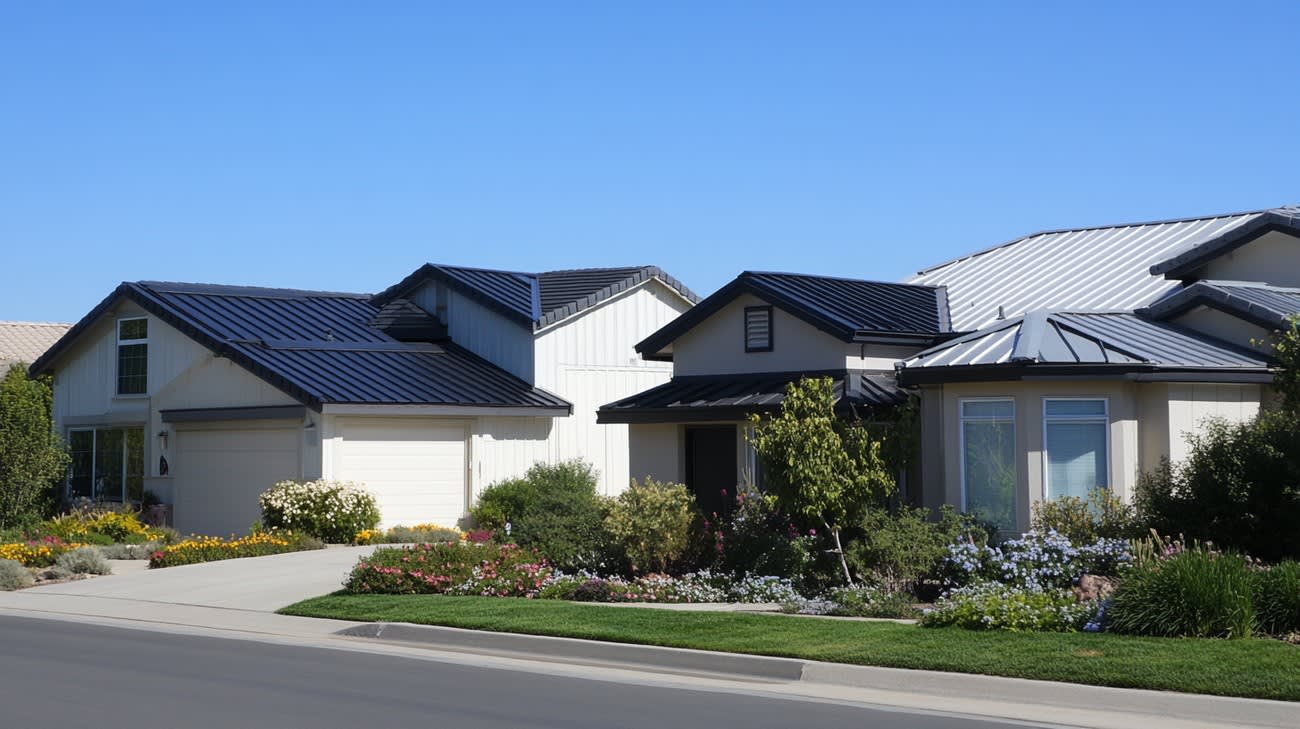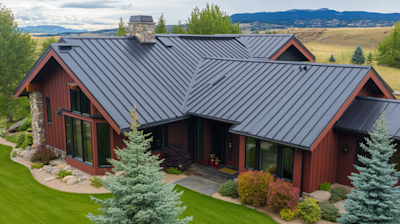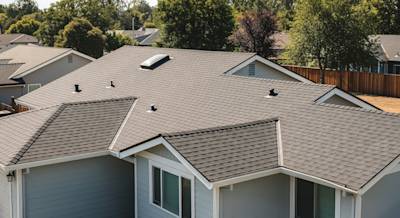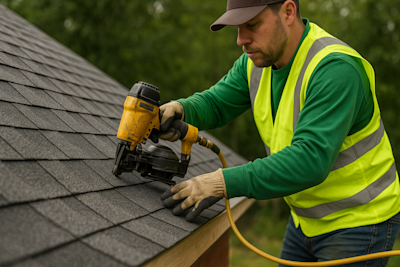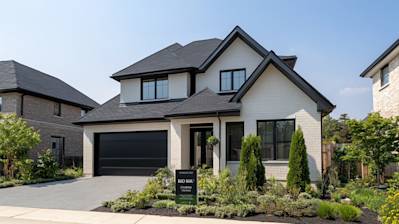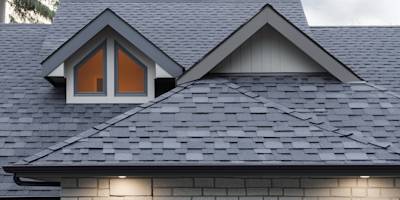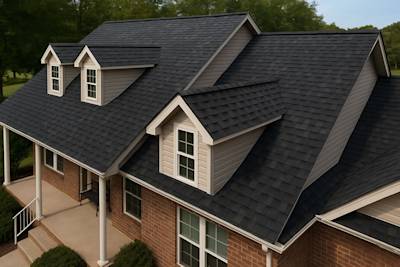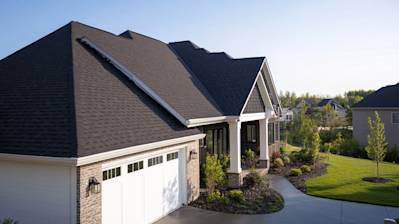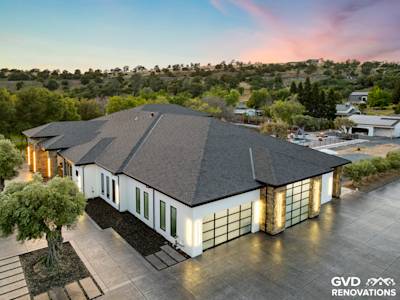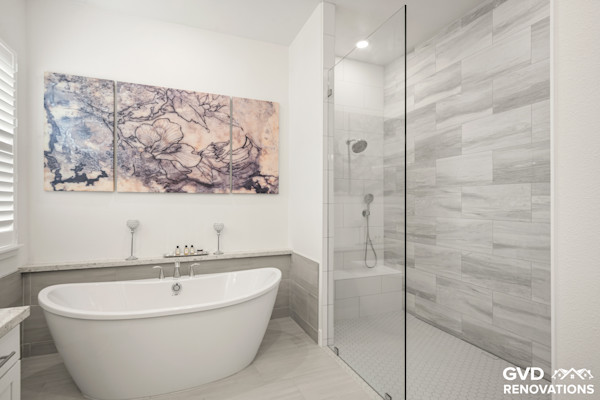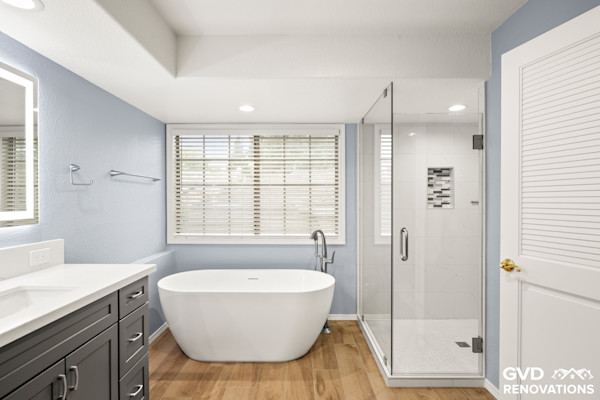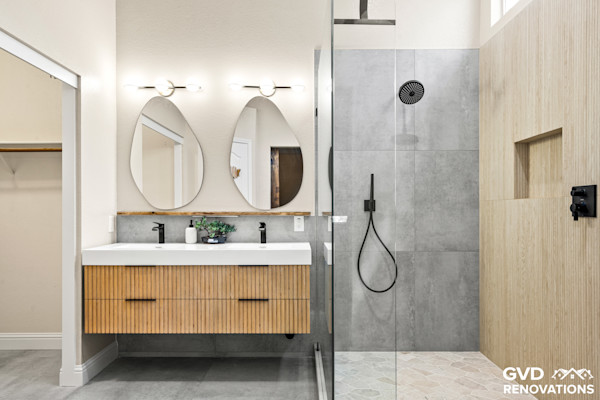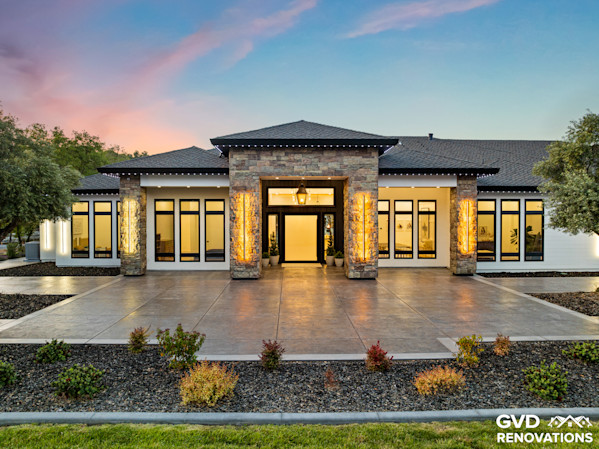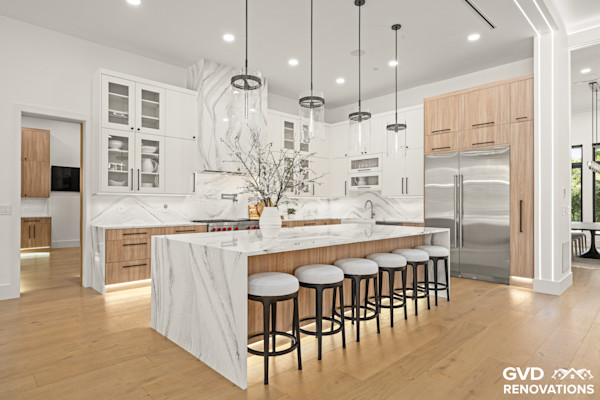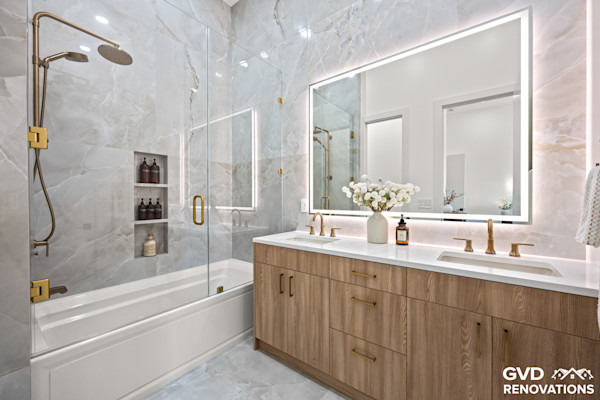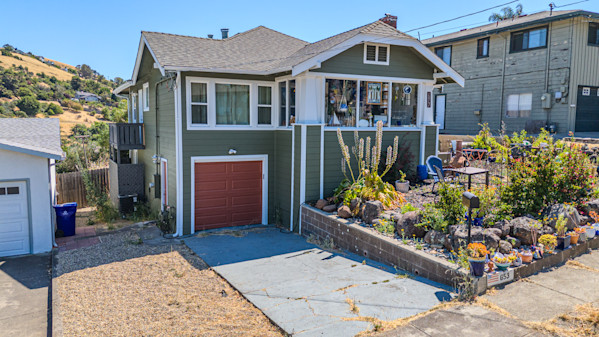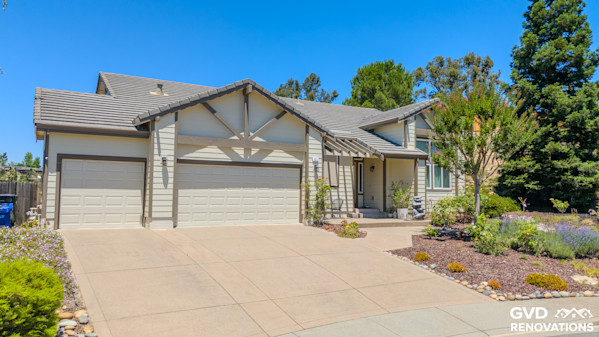When we think of versatile, cost-effective, and durable Sacramento roofing replacement materials, metal typically tops the list. But, deciding between a standing seam and a corrugated metal roof can be a challenging task for homeowners and contractors. This article aims to clearly elucidate the differences between the two popular types, enabling you to make an informed decision.
Understanding Standing Seam Metal Roofs
When talking about modern, sleek, and long-lasting roofing, standing seam metal roofing often comes into the picture. Its name comes from the prominent raised interlocking seam that joins each panel together.
- These seams are raised or “standing,” from the roof's plane.
- They are a signature characteristic that differentiates it from its competitors.
Components of Standing Seam Metal Roofs
A standing seam metal roof system typically includes the following components:
Metal Panels: These are typically two feet wide and can be made of various metals such as aluminum, galvanized steel, or copper. They feature a vertically oriented design.
Seams: Standing seams are the elevated portions that run vertically along the roof. These seams effectively interlock each roof panel and offer weather-resistant properties.
Clips: These allow the metal roof panels to expand and contract as temperatures change.
Defining Corrugated Metal Roofs
On the other hand, a corrugated metal roof is one of the most robust and durable roofing materials. The term "corrugated" relates to the roof's ridged design, which boosts its strength and resilience.
- The metal sheets are shaped into a wave-like pattern.
- This pattern aids in shedding water and snow easily.
Components of Corrugated Metal Roofs
A corrugated metal roof system predominantly includes the following components:
Metal Panels: Corrugated roof panels are treated with a corrosion-resistant coating. They are often constructed using galvanized steel, but can also be found in aluminum or stainless steel.
Ridges and Grooves: The high ridges and low grooves that form the wave-like pattern are the trademarks of corrugated metal roofs. These provide added strength to the roof panels.
Fasteners: Corrugated roofs employ exposed fasteners which means bolts or screws may be visible on the roof's surface.
Key Differences between Standing Seam and Corrugated Metal Roofs
Aesthetic Appeal
When making a choice between standing seam and corrugated metal roofs, aesthetic appeal is often a determining factor. Standing seam roofs offer a smooth, minimalist, and modern design, which suits contemporary homes. In comparison, corrugated metal roofs provide a more rustic and traditional look, making them suitable for country-style houses or barns.
Installation Process
The installation process for both types of roofs is different. The standing seam roof installation requires specific tools and experienced professionals, therefore, it's not recommended for DIY enthusiasts. However, the corrugated metal roof system, with its exposed fasteners, is comparatively easy to install and may be a better option for DIY projects.
Cost Factor
From a cost perspective, standing seam roofs tend to be more expensive than corrugated metal roofs mainly due to the complexity of installation and the quality of material. On the other hand, the ease of installation and less expensive material make corrugated roofs a more cost-effective option.
Durability and Maintenance
Both types of roofs offer impressive durability. However, the standing seam roof’s concealed fasteners reduce the risk of leaking, thus potentially increasing their lifespan. The corrugated metal roof with its exposed fasteners may require more regular maintenance to ensure the fasteners remain watertight.
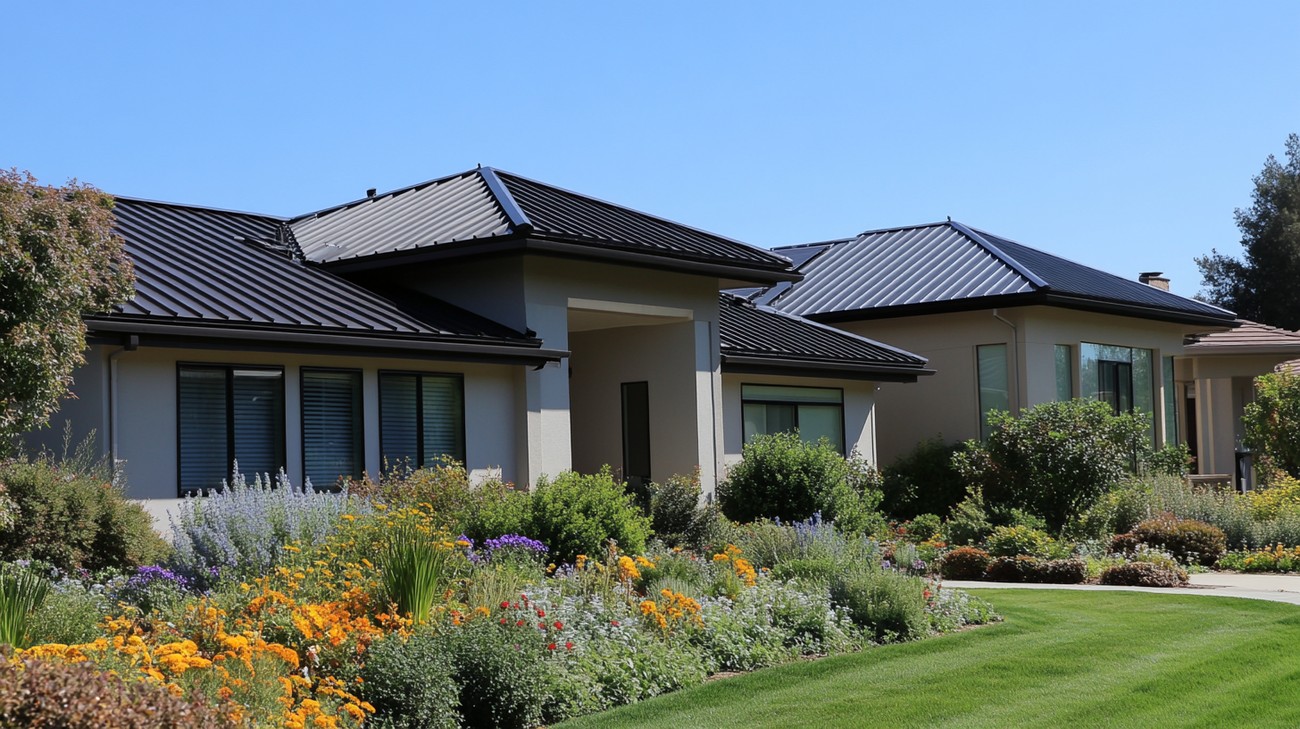
Frequently Asked Questions about Standing Seam Vs Corrugated Metal Roof
What is the lifespan of standing seam and corrugated metal roofs?
Generally, both standing seam and corrugated metal roofs are known for their durability and longevity. A standing seam metal roof can last anywhere from 30 to 50 years with proper maintenance. Corrugated metal roofs, meanwhile, can last between 15 to 30 years, although the lifespan can extend significantly if maintained properly.
Can both standing seam and corrugated metal roofing be installed over existing shingles?
Yes, both standing seam and corrugated metal roofing can be installed over existing shingles. This can save on cost and time as you eliminate the need for tear-off and disposal. However, it's essential to consult with a professional roofer as local building codes and the condition of the existing roof can impact this process.
How much does it cost to install standing seam and corrugated metal roofing?
The cost of installing standing seam and corrugated metal roofing can vary widely based on various factors like the complexity of the roof, geographic location, and material cost. However, generally, standing seam roofing costs more than corrugated metal roofing due to its more complex installation process and the higher quality of materials used.
Are standing seam and corrugated metal roofs energy efficient?
Both standing seam and corrugated metal roofs are known for their energy efficiency. They possess reflective properties that can minimize heat absorption and thus reduce cooling costs during summer. Furthermore, with proper insulation, these roofing types can help retain heat during winter, adding to their energy efficiency.
Which type of roof, standing seam or corrugated metal, is more resistant to snow and ice?
While both roofing types can tolerate snow and ice, the design of the standing seam roof makes it a bit more resistant. The smooth, flat surface of the standing seam panels and the lack of exposed fasteners allow snow and ice to slide off more easily, minimizing the load and potential damage.
How does maintenance compare for standing seam and corrugated metal roofs?
By nature, metal roofs are low maintenance compared to traditional shingle roofs. However, corrugated metal roofs may demand more frequent checks and potential leakage points due to their exposed fasteners. Standing seam roofs, with their hidden fasteners and fewer seams, tend to have lower maintenance needs.
Can one walk on standing seam and corrugated metal roofs?
While it's possible to walk on a metal roof, caution must be taken as it can be slippery and the panels can dent under heavy weight. Generally, standing seam roofs, due to their design and strength, can tolerate foot traffic better than corrugated metal roofs. Always consult with a professional or refer to the manufacturer's guidelines before walking on these roofs.
How does the aesthetic appeal of standing seam and corrugated metal roofs compare?
The choice between standing seam and corrugated metal roofs for aesthetic appeal usually boils down to personal preference. Standing seam roofing offers a modern, sleek appearance with its clean lines and concealed fasteners. Corrugated metal roofs, on the other hand, provide a more rugged and traditional look with their wavy pattern.

Pros of Standing Seam Metal Roofs
Long Lifespan
A standing seam metal roof, when installed and maintained properly, can last upwards of 50 years. This long lifespan is due to the durability and resistance of the material against the elements. The seams are raised above the panel's level, minimizing the vulnerable points for water to seep through.
Weather Resistance
Standing seam roofs are excellent when it comes to weather resistance. Being metal, they can withstand high winds, heavy rain, and snow better than many other roofing options. They have a superior performance in regions prone to extreme weather conditions, protecting the structure underneath.
Aesthetics
Standing seam roofing offers a sleek and modern aesthetic appearance. Its clean lines and extensive color variety can enhance the look of any property. Their design versatility allows them to be a suitable choice for diverse architectural styles, including both traditional and contemporary designs.
Increased Home Value
Due to their durability, low maintenance requirements, and aesthetically pleasing design, standing seam metal roofs tend to increase the overall value of the home. They may also lead to savings in energy costs due to their reflective properties, which is a plus for potential buyers.
Environmentally Friendly
Standing seam metal roofing panels are typically made of recycled materials and are fully recyclable at the end of their lifespan. For those looking for an environmentally conscious roofing choice, standing seam should top the list.
Cons of Standing Seam Metal Roofs
High Upfront Costs
One of the main drawbacks of standing seam metal roofing is the high cost of installation. They significantly cost more than other roofing materials, such as asphalt shingles or corrugated metal roofing. The precise cost may fluctuate depending on the specific type of metal, the geographic location, and the complexity of the roof.
Noise
Metal roofs can be noisy, especially during a heavy rain or hailstorm. While some homeowners find the sound charming or soothing, others might find it annoying. Noise-damping layers can be added beneath the roof, but that would increase the installation costs.
Expansion and Contraction
While thermal movement isn't generally a problem with standing seam roofs, poor installation may lead to panels' expansion and contraction. This movement might cause the fasteners to loosen and increase the risk of leaks over time.
Pros of Corrugated Metal Roofs
Cost-Effective
Corrugated metal roofing is generally cheaper to install than standing seam metal roofing. This cost-effectiveness does not compromise the strength and durability of the roofing but allows budget-conscious homeowners to appreciate the benefits of metal roofing.
Durability
Despite being cheaper, corrugated metal roofs are highly durable. They can last several decades and stand up well against adverse weather conditions. The corrugation of the metal also adds structural strength, making it resistant to denting.
Easy Installation
Corrugated metal roofs are typically easier to install due to their lightweight and straightforward design. This can result in lower labor costs and reduced installation time, proving beneficial for both homeowners and contractors.
Cons of Corrugated Metal Roofs
Aesthetics
While aesthetics is a subjective matter, corrugated metal roofs are often seen as less attractive compared to standing seam roofs. They may not fit in well with neighborhoods filled with homes having more traditional roof styles.
Vulnerability to Rust
Unlike standing seam roofing, the fastener system used for corrugated metal roofs is more prone to rust and leaks over time. The exposed fasteners can be a weak point, allowing moisture to infiltrate if not properly maintained.
Noise
As with standing seam metal roofs, corrugated metal roofs can also be quite noisy when it rains or hails. Homeowners who prefer a quieter roof may find this to be a disadvantage.

Myths and Misconceptions about Standing Seam and Corrugated Metal Roofs
Let's explore some of the common misconceptions and myths that revolve around standing seam and corrugated metal roofs. These two types of roofing systems are popular due to their durability, ease of installation, and their unique aesthetic appeal. Here, we will debunk some misunderstandings about these two types of metal roofs.
Myth 1: All Metal Roofs are Noisy
One of the most common misconceptions about metal roofs, including both standing seam and corrugated metal roofs, is that they are noisy when it rains or hails.
Reality
This may have been an issue with the earliest versions of metal roofs. However, modern technology and installation techniques have largely mitigated this issue. Today's metal roofing systems are usually installed over a solid substrate. Additionally, the attic space and insulation act as extra barriers to noise, reducing the sound you hear during a storm. In fact, these factors can make metal roofs quieter than other roofing materials during heavy rain or hail.
Myth 2: Metal Roofs Attract Lightning
Another common myth is that metal roofs increase the likelihood of your house being struck by lightning.
Reality
While metal is indeed a conductor of electricity, it does not attract lightning. According to the Lightning Protection Institute, the factors that influence where lightning will strike include the height of a structure, its geographical location, and the size of the structure. Therefore, the material used on the roof of a building does not have a significant influence on whether it gets struck by lightning or not.
Myth 3: All Metal Roofs are Susceptible to Rust
This is a myth that might have deterred a lot of homeowners from considering metal roofs.
Reality
Modern metal roofing materials, both standing seam and corrugated metal, are often manufactured with protective coatings that prevent rust. Metals used for roofing, including steel and aluminum, are commonly coated in zinc, or a combination of zinc and aluminum to protect against rust. Further, powder coating or paint can be added for extra protection and aesthetics.
Myth 4: Metal Roofs are Too Heavy for Certain Structures
Many believe that metal roofs are too weighty for certain structures, putting unnecessary load on the building.
Reality
On the contrary, metal roofing is actually lighter than many other popular roofing materials. For instance, concrete tile or asphalt shingle roofs weigh considerably more than metal roofs. Depending on the type of metal being used, metal roofing materials generally weigh anywhere between 50 to 150 pounds per square, making it a lighter roofing option.
Myth 5: Standing Seam is Always Better than Corrugated Metal Roofing
Lastly, some people might get the erroneous idea that standing seam roofing is a universally superior choice compared to corrugated metal roofing.
Reality
While standing seam does incorporate a unique interlocking system that provides superior weather tightness, it does not automatically make it the superior choice. The choice between these two depends largely on the specific requirements of your project. Factors like budget, desired aesthetics, installation complexity, and the specific climate of your location all play significant roles in this decision. Sometimes, corrugated metal roofing might be the more appropriate choice, such as in architectural designs wanting a more rustic aesthetic or projects with tighter budget restrictions.
Hopefully, this section helps clear any possible misunderstandings and misconceptions about standing seam and corrugated metal roofs. Remember, accurate knowledge is the key to making the right choice for your roofing needs.
Summary
When considering a metal roofing solution for your project, there's a lot to digest about "Standing Seam vs Corrugated Metal Roof". In terms of appearance, standing seam metal roofs have a sleek, modern look with clean lines. They come in a wide variety of colors and finishes, allowing you to tailor your roof to match your aesthetic preferences. On the other hand, corrugated metal roofing is more visually striking, with its distinctive rippled pattern often seen in industrial or rural installations.
It's not just about looks, though, as your chosen roofing solution must be tough enough to stand up to the elements. Here, both standing seam and corrugated metal roofs showcase their durability. Standing seam roofs are particularly resistant to heavy snow loads, due to their smooth surface and hidden fasteners. Corrugated metal roofs are no wimps either, proving to be extremely resistant to heavy winds and even hurricanes, thanks to their wave-like pattern and exposed fasteners that secure them tightly to the roof deck.
Cost-wise, there are pros and cons to each. Corrugated metal roofs are often favored for budget-conscious projects, as they are less expensive to install. But don’t forget the maintenance factor, as those exposed fasteners may need tightening or replacing over time. Standing seam roofs may carry a higher upfront cost, but they have fewer maintenance needs and typically last a lot longer. It all boils down to your unique project needs, budget, and architectural preference. With this info in your pocket, choosing between a standing seam and corrugated metal roof should be a piece of cake.
About GVD Renovations & Remodeling
GVD Renovations & Remodeling is a professional home renovation company in Roseville, CA that specializes in both residential and commercial projects. With years of experience under our belt, we pride ourselves on delivering high-quality workmanship and customer service that makes your renovation project a breeze. From kitchen and bathroom remodeling to siding and windows installation, our team of experts is committed to turning your vision into a reality. Sit back, relax and leave the hard work to us!
This article is for general information only and not professional advice. Always consult a licensed contractor before making project decisions. Product details, specifications, or warranties may have changed since publication. Brand and product mentions reflect opinion, not endorsements or guarantees.
Tags: standing seam, corrugated metal roof, metal roofing,
